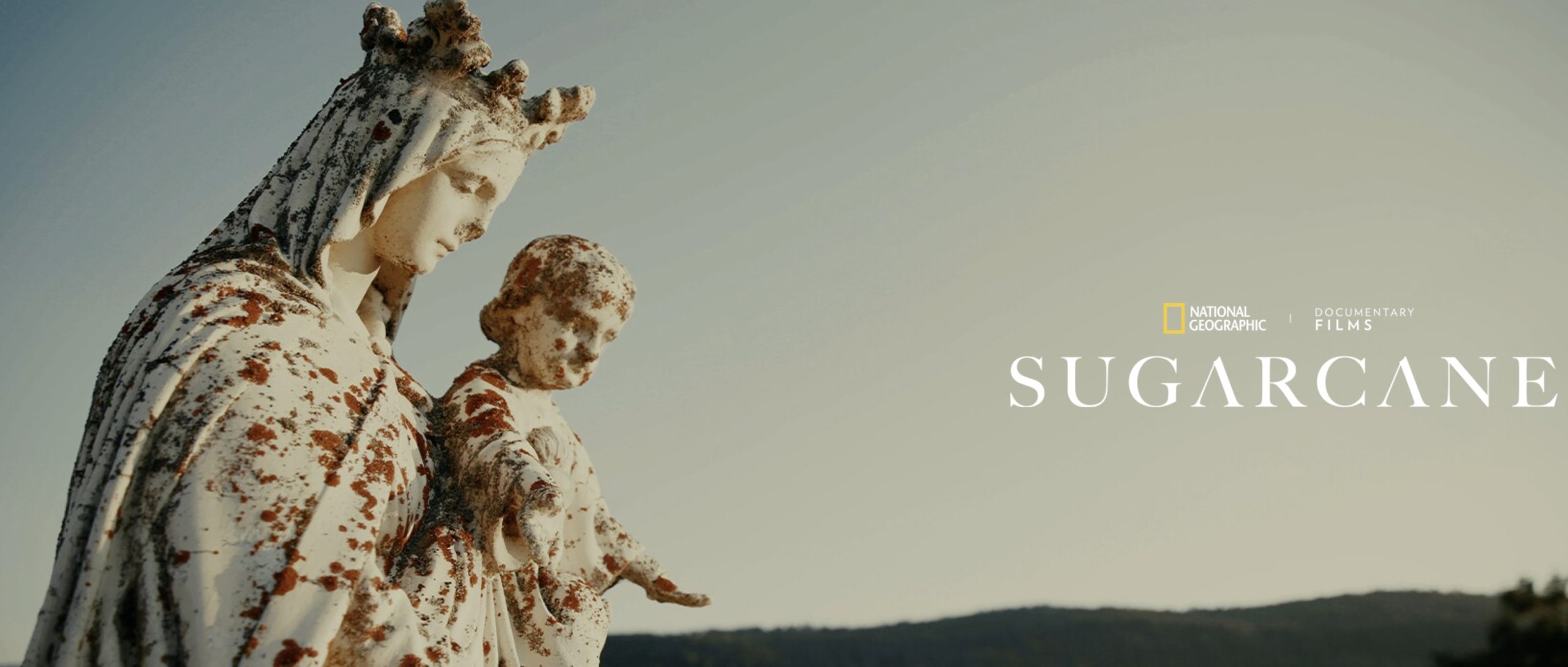“Sugarcane” is a new documentary that is in Canadian cinemas, and it is sure to cause more churches to be desecrated or fire-bombed. It is distributed by National Geographic, a respected brand name.
“Sugarcane” is a story of alleged nefarious deeds that took place at Cariboo Indian Residential School, more commonly called St. Joseph on the Sugarcane Reserve close to Williams Lake, British Columbia. Most of the film reviews I have read accept this “documentary film” as historical fact even though much of the information is wrong The film’s appeal is largely based on emotion and beautiful cinematography.
The black and white titles opening the film are filled with false tropes about Indian Residential Schools, easily debunked by historical records.
The premise of the film is that over the 90 years of operation, St. Joseph’s Catholic priests, who were school administrators and supervisors, abused and raped female students. Unwanted babies were disposed of by cremating them in the school incinerator.
This is a step more horrific than the May 2021 atrocity propaganda about the Kamloops First Nation residential schools, that the Band had discovered 215 unmarked graves of children ‘as young as three’ widely reported as headline news around the world. Various other First Nations bands also claimed that there are unmarked graves of residential school children on their reserves. To date, despite several excavations at various places, no graves have been exhumed. To date, no bodies have been exhumed.
Chief Teegee from B.C. recently said that because various graveyard excavations have not found any bodies of missing Indigenous children, it was because the bodies had been incinerated.
This is a ghastly blood libel – and that “Sugarcane” is supposed to provide the empirical evidence needed to make this true, at least for the viewer. Based on the film’s reviews, that is the message the audience is getting.
The Truth and Reconciliation Commission Report makes no reference to such claims even though the Commissioners spent over $60 million and more than 5 years recording the recollections of over 6,500 former Indian Residential School students. Why didn’t Chief Teegee, and the other people who are now making this blood libel against the churches, tell this to the Commissioners?
“Sugarcane” tells a story of Baby Ed Archie NoiseCat. It is said that he was born at St. Joseph’s Mission. His body was abandoned in an ice cream carton in the school’s incinerator, and a dairyman who was delivering milk to the school found him alive when he thought he heard the cry of a cat trapped in the school incinerator.
Baby Ed’s mother was tracked down, charged, and sent to jail for a year for abandoning her baby.
The story was on the front-page of the Williams Lake Tribune (August 16, 1959). One former classmate of Ed’s tells us in the film that all the kids called Ed Archie “Trashcan Baby.”
The framing of the film leads viewers to believe that Ed and his estranged filmmaker son, Julian Brave NoiseCat, are on a mission to discover which priest raped Ed’s mother.
The filmmakers hid the fact that both the filmmaker and his father knew before spinning this “family healing journey” film, that the father of Baby Ed was a native fellow, Ray Peters who was married to Ed’s mother. He was 11 years older than her, and he ended up fathering 17 children with five women.
So, irrespective what the documentary film reports, no priest impregnated Baby Ed’s mother. When she became pregnant with Ed, she was 20 years old, and no longer a student at the residential school.
But that’s not what film critics are saying.
Presently on the “Rotten Tomatoes” film review site, “Sugarcane” has a 100% ‘fresh’ rating, and the 37 reviews all give the film high scores. Many of the film reviews smear the Roman Catholic Church, repeating the blood libel that the critics “saw and heard” in the film.
To these reviewers, it is a fact that Catholic priests at Indian Residential Schools murdered babies by incinerating them and secretly buried the remains to hide their crimes, thus proving that Canada is guilty of genocide.
Strikingly, with the nefarious claims of missing children, there is no list of names of these children, despite detailed Indian Affairs quarterly reports on annuities paid per child. There are, as I said, no names of missing children.
“Sugarcane” is, in fact, a tortuous, unethical documentary that invades the privacy of Ed’s Catholic mother who has struggled and prayed all her life to heal this wound. There are a few touching moments, especially the relationship between the estranged filmmaker son, Julian Brave NoiseCat, and his artistic, Indigenous carver father, Ed Archie NoiseCat.
However, the incendiary content and style of the film is sure to cause more conflagrations at churches, especially Roman Catholic ones.
Facts should matter to documentary film audiences. Viewers trust that investigative journalists, honored by National Geographic’s brand name, are telling the truth, not distorting it, or contriving a story out of innuendos and lies.
Sugarcane, beautifully shot, but its content is contrived and errs by omitting crucial facts. Lots of rotten tomatoes from me.
Certainly, all Canadians, but especially the Roman Catholic Church, should denounce the misrepresentations that are presented as facts in this “documentary film.”
Michelle Stirling is a Calgary-based writer/researcher who worked on historical documentaries under the supervision of the late Dr. Hugh Dempsey, Potai’na, then curator of the Glenbow Museum.



